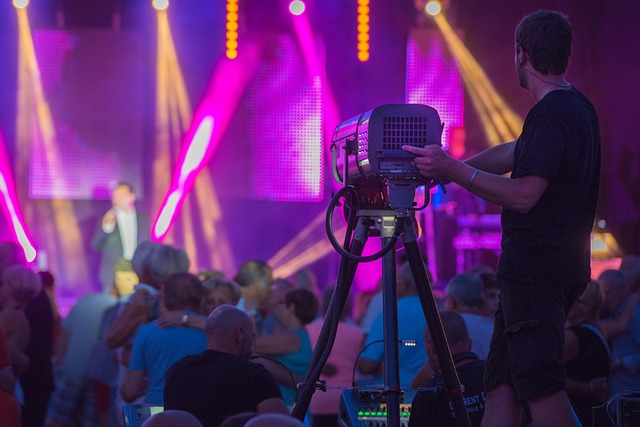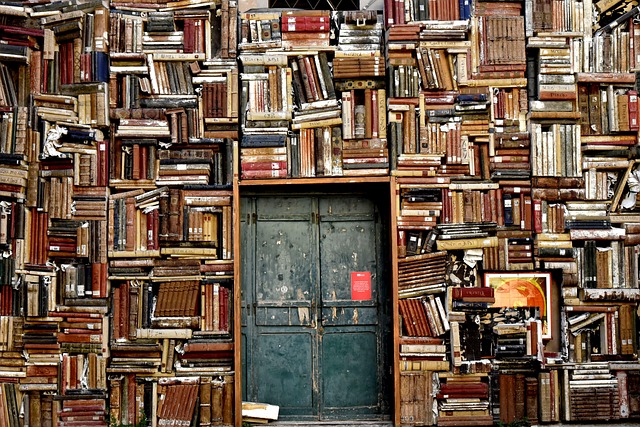Throughout history, the theatre has constantly evolved, mirroring the larger shifts within the entertainment industry. The concept of genre has become increasingly complex, blending styles and creating new forms of artistic expression that resonate with audiences on multiple levels. In this exploration, we journey through the varied genres of theatre while examining their influence on concerts, festivals, cinema, and the music industry.
The history of theatre is a narrative woven with diverse genres that have emerged from cultural contexts and societal changes. From the grandeur of classical Greek tragedies to the exuberance of modern musical theatre, each genre tells a story that reflects the times in which it was created. Theatrical productions often serve as a mirror, capturing the essence of a society’s joys, struggles, and transitions.
When we look at concerts, they too adopt theatrical elements. The staging, lighting, and choreography can transform a simple music gig into a captivating storytelling experience. Genres such as rock, pop, and hip-hop have their own distinct narratives often played out through vivid performances that enthrall audiences. Artists like Lady Gaga and Beyoncé have pioneered this convergence, making their concerts a theatrical extravaganza that deepens the emotional connection with the audience.
Festivals are another arena where genre amalgamation flourishes. Events like Coachella and Glastonbury not only feature a diverse lineup of music but also incorporate theatrical performances, visual arts, and multimedia installations. This cross-pollination of genres creates a rich tapestry of entertainment that invigorates ideals of artistic collaboration, setting a precedent for future events. The experience transcends beyond mere performances, making it a collective celebration of creativity.
The influence of theatre on cinema is not to be overlooked. Many films draw from theatrical roots, adopting narrative structures and character-driven stories that emphasize genre. Musicals like Les Misérables” and “Hamilton” have transitioned from stage to screen, bringing with them the intensity and emotive power that only live theatre can evoke. This interchangeability of genres continues to inspire filmmakers to explore new avenues, further solidifying the relationship between stage and screen.
In the music industry, different genres have long been associated with distinct cultural identities and movements. Theatricality in music videos and live performances enriches the storytelling aspect of these genres. Pop and rock artists often integrate drama and visual art, shifting the perception of music from merely an auditory experience to a multi-layered narrative journey. Genres like punk or glam rock not only provoke thoughts but challenge societal norms, blending rebellion with artistic flair.
As we navigate this intricate web of genres in theatre and across the entertainment industry, it becomes clear that innovation is born from the willingness to explore and experiment. The evolution of genre is not just a testament to artistic expression but also a reflection of the changing tastes and experiences of society. In this vibrant landscape, we find a deeper understanding of ourselves and the world around us, as every genre adds its voice to the enduring narrative of the human experience.



